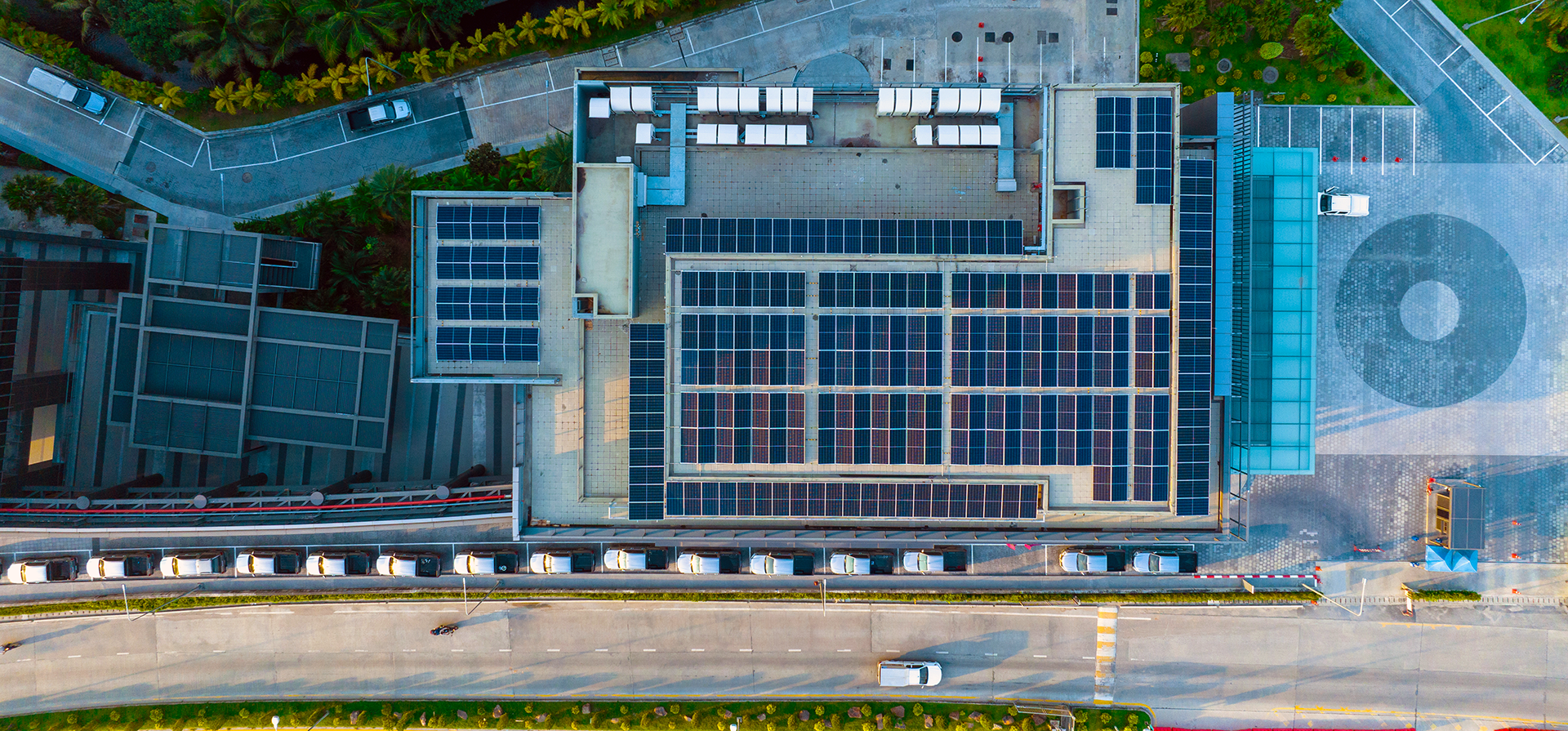Net-zero buildings are a revolutionary concept in the world of sustainable architecture and construction. Unlike traditional buildings that rely on non-renewable energy sources and contribute to carbon emissions, net-zero buildings aim to produce as much energy as they consume over the course of a year.
To achieve this goal, net-zero buildings incorporate a range of energy-efficient technologies and strategies. These may include passive design features, such as orientation and shading to maximize natural light and minimize heat loss, as well as active systems like solar panels, wind turbines, and geothermal systems, to generate renewable energy on-site.
Beyond their energy efficiency, net-zero buildings also prioritize indoor air quality, comfort, and occupant well-being. This can include features like improved ventilation, natural daylight, and the use of non-toxic materials. Some net-zero buildings may also incorporate sustainable water management practices, such as rainwater harvesting and greywater recycling, to reduce water consumption and promote a closed-loop system.
Net-zero buildings offer numerous benefits for both building owners and the environment. For owners, net-zero buildings can significantly reduce operating costs by eliminating or minimizing energy bills. In addition, they can increase property values and enhance the building’s marketability. From an environmental standpoint, net-zero buildings can help reduce greenhouse gas emissions and mitigate the effects of climate change, while promoting a more sustainable future.
Despite their many benefits, net-zero buildings are not without challenges. They can be more expensive to build upfront, and achieving net-zero status requires a high level of technical expertise and coordination among designers, engineers, and contractors. However, as the technology and demand for sustainable buildings continue to grow, the costs of building net-zero structures are expected to decrease, making them more accessible to a wider range of building owners and developers.
In conclusion, net-zero buildings represent a significant step towards a more sustainable and resilient future. By prioritizing energy efficiency, occupant comfort, and sustainability, net-zero buildings offer a model for the future of building design and construction that promotes environmental responsibility and economic viability.
If you’d like to learn more about net-zero buildings and their benefits, check out these helpful resources:
- The Department of Energy’s guide to net-zero energy buildings
- The International Living Future Institute’s Net Zero Energy Building Certification
- The U.S. Green Building Council’s LEED Zero certification program
- The Rocky Mountain Institute’s report on the economics of net-zero energy homes
Thanks for reading!

